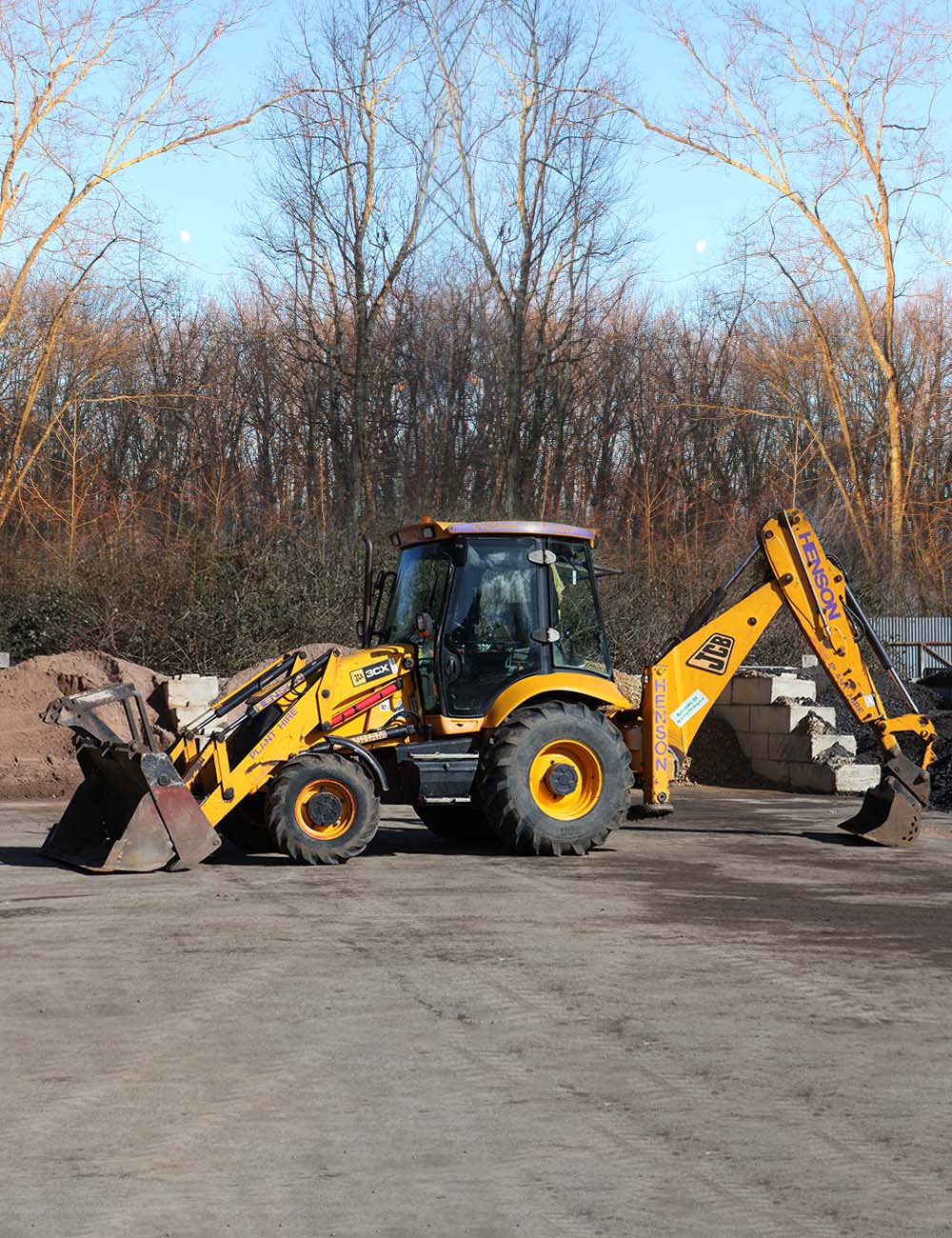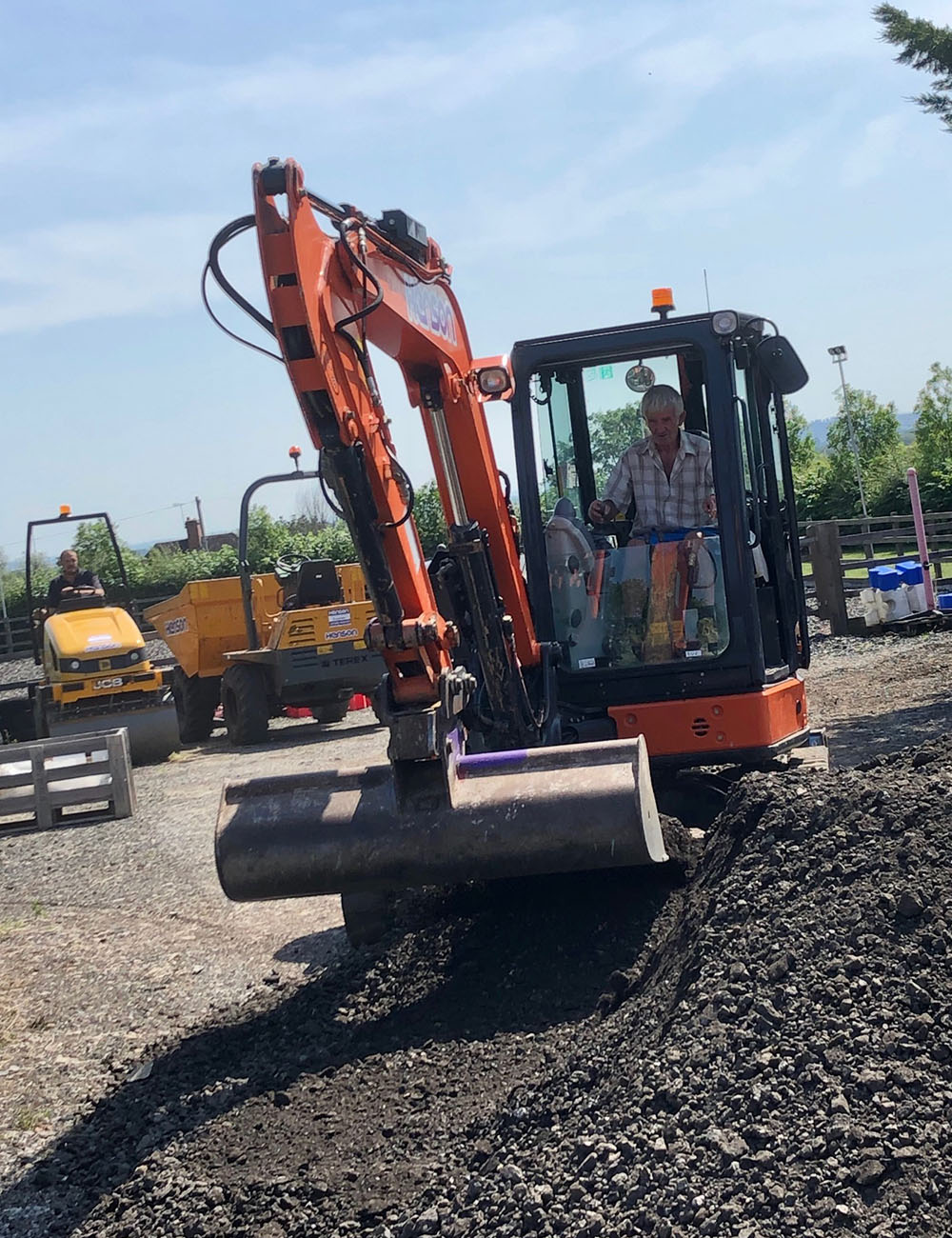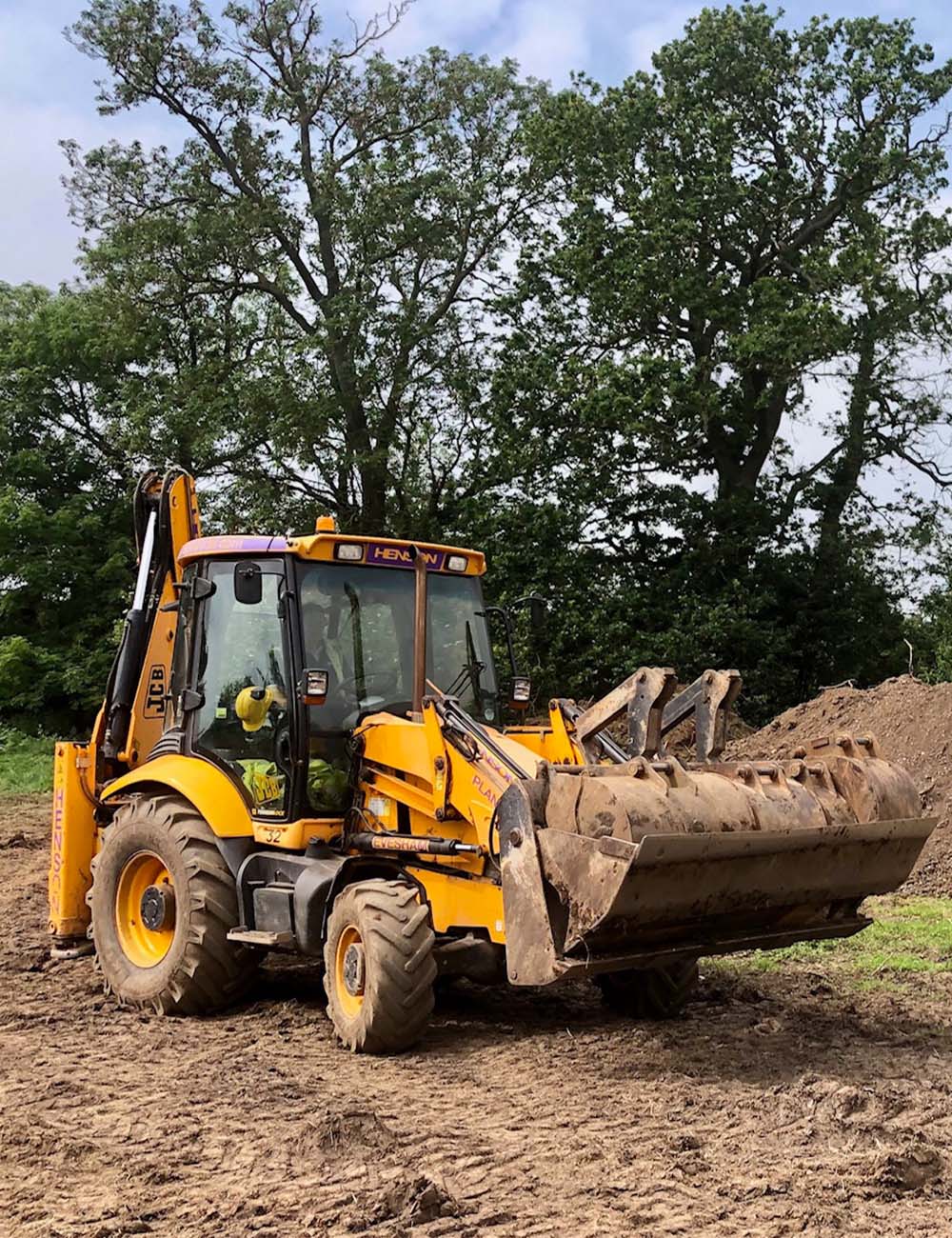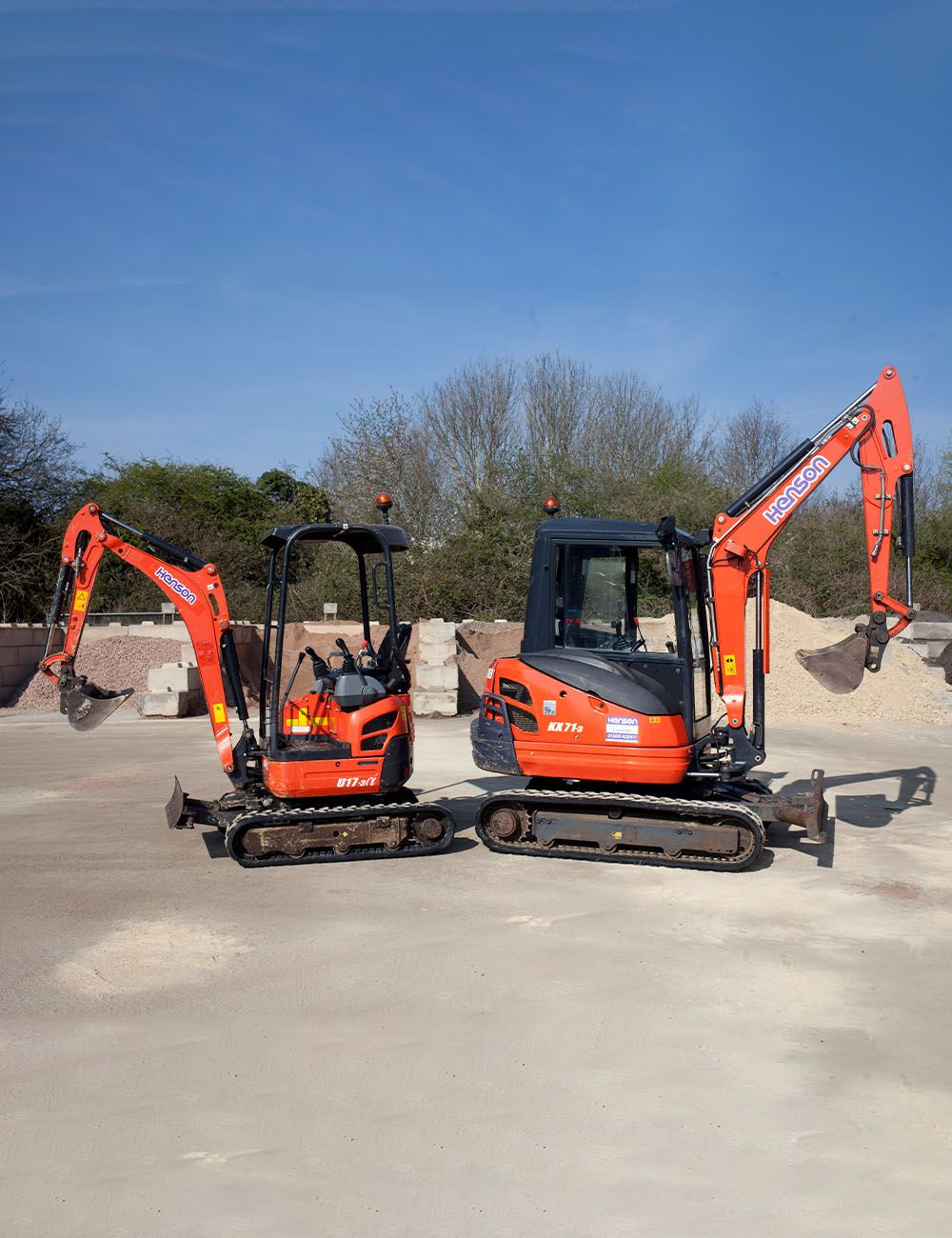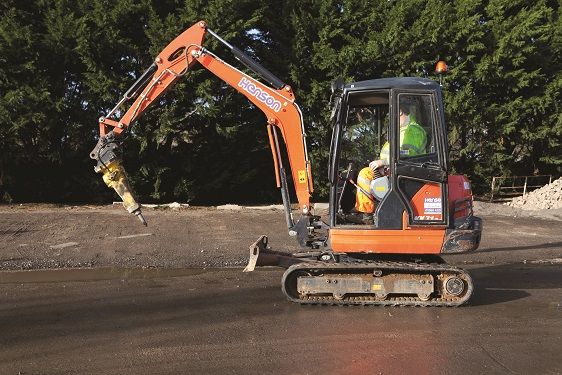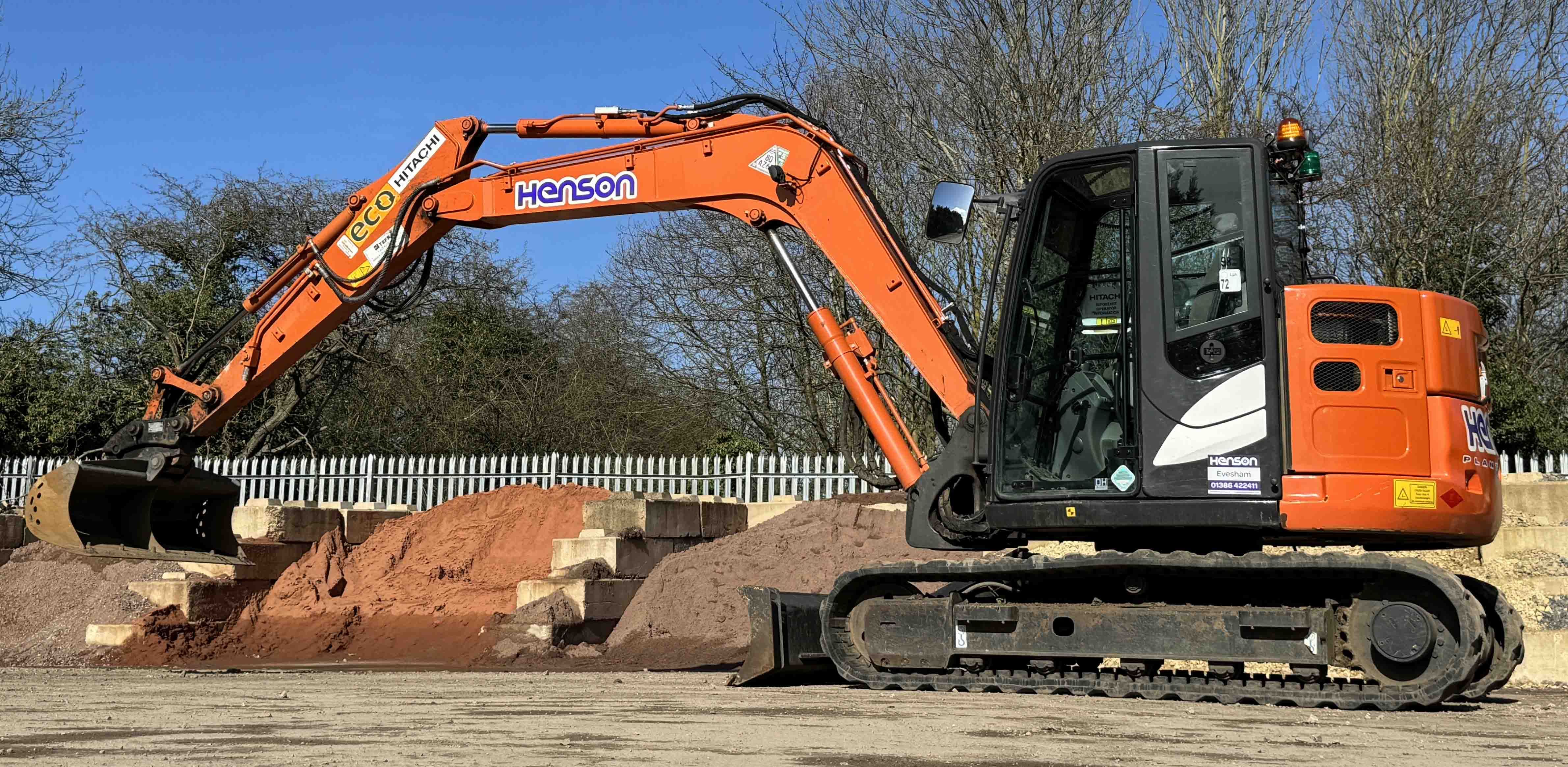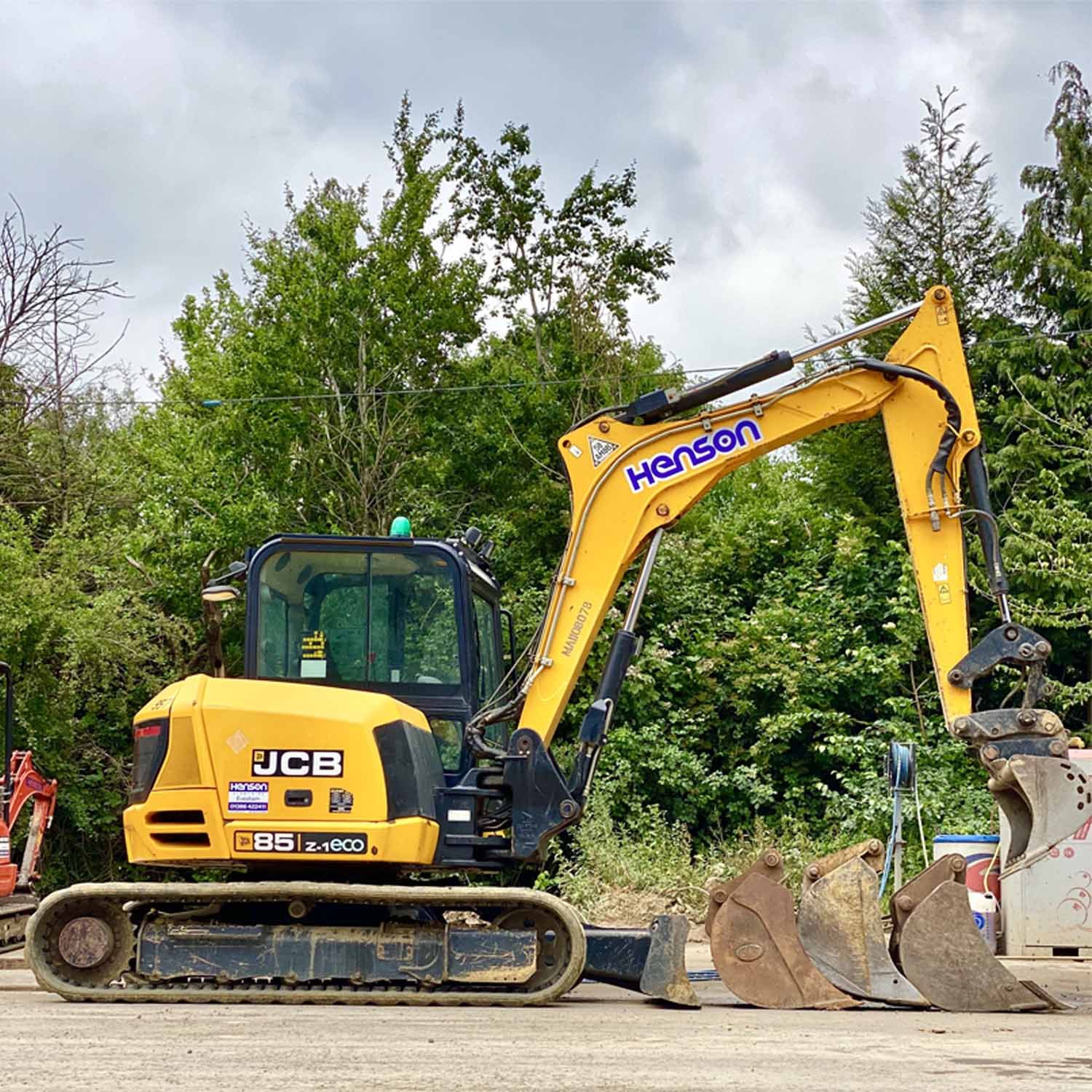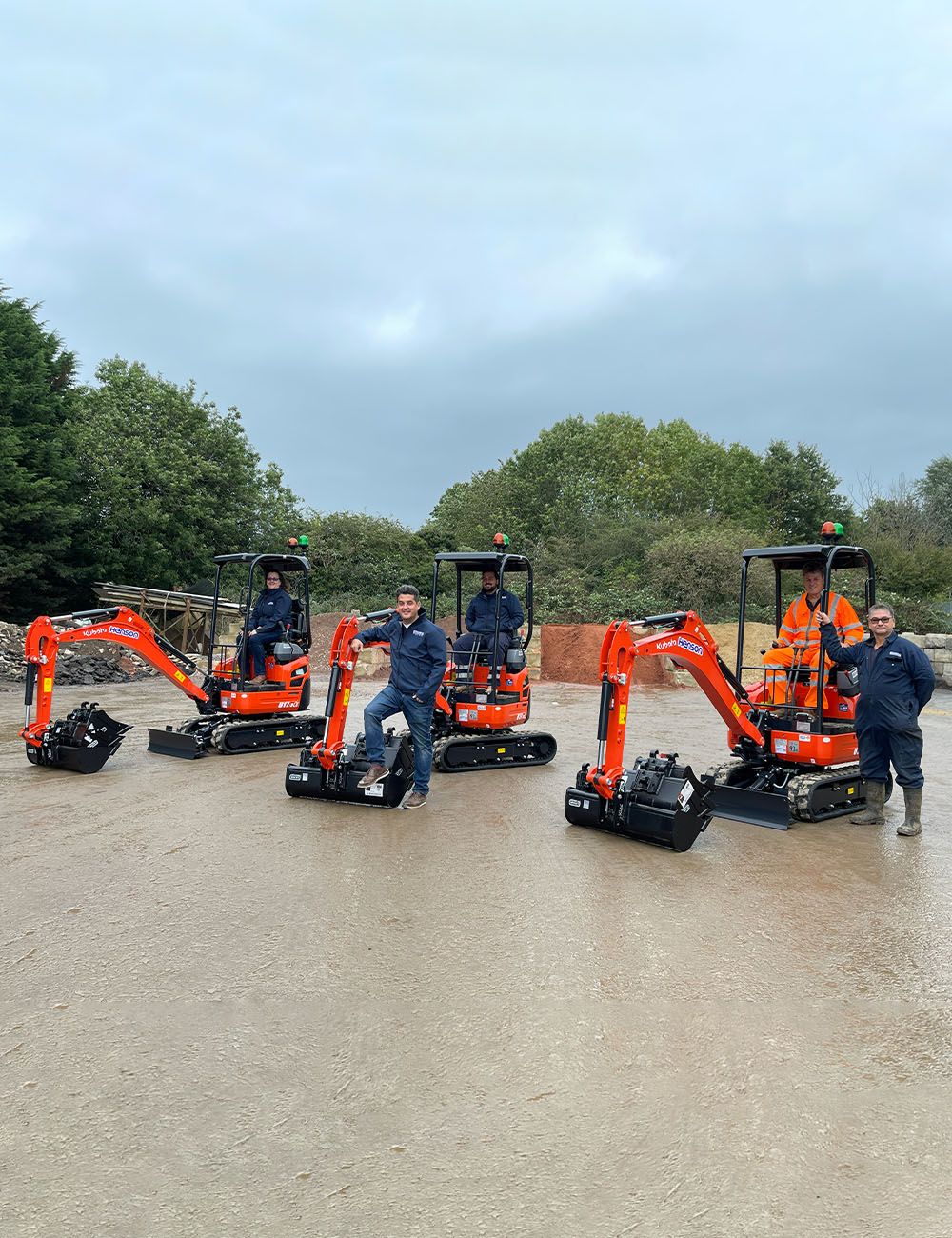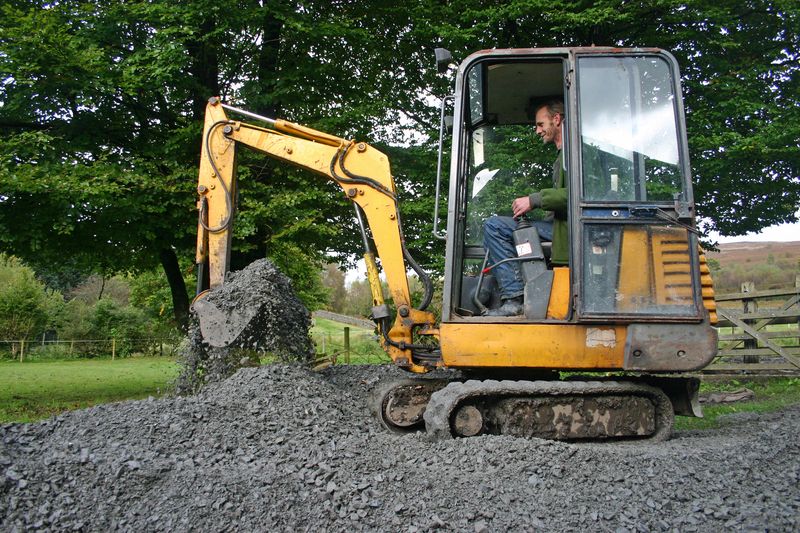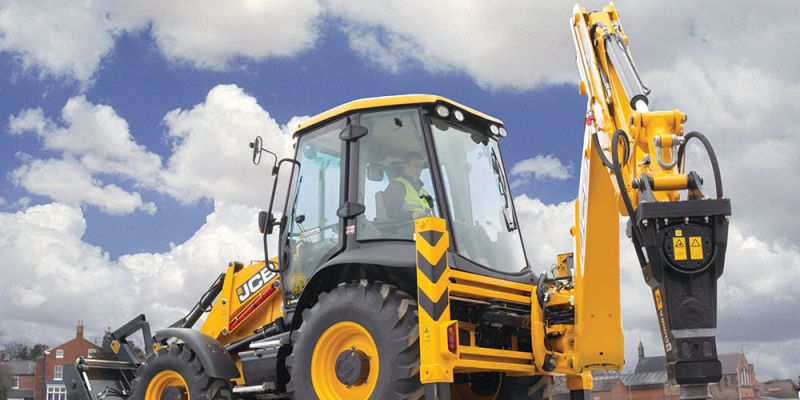
What is the purpose of a backhoe Loader in construction?
Blog
Backhoe Loaders are versatile pieces of heavy machinery commonly used in construction projects for various tasks ranging from excavation and trenching to loading and material handling. These robust machines play a crucial role in enhancing efficiency, productivity, and safety on construction sites.
But what is their purpose? In this article we will take a look at the benefits and uses of these machines and really understand how backhoe loaders work in the construction world.
Understanding Backhoe loaders
Backhoes have a long history that dates back to the mid-20th century, evolving from early mechanical excavators and loaders. During the 1960s and 1970s, backhoes surged in popularity in construction for their efficiency and versatility, with manufacturers like JCB and Case playing pivotal roles in refining designs.
Advancements continued through the 1980s and 1990s, with technological leaps in hydraulic systems for enhanced precision, along with ergonomic improvements in cab designs to prioritise operator comfort and safety.
What does a backhoe loader look like today?
A modern backhoe loader typically features a distinctive design that combines the functionalities of a front loader and a rear excavator into a single, versatile machine. Let's take a look at what a contemporary backhoe loader looks like:
- Front Loader: At the front of the machine, you will find a heavy-duty loader bucket mounted on hydraulic arms. The loader bucket is used for tasks such as scooping, lifting, and transporting materials like soil, gravel, or debris.
- Rear Excavator: Positioned at the back of the machine is the excavator arm with a digging bucket attached. This component allows for precise digging, trenching, and excavation work, offering depth control and flexibility in various earthmoving applications.
- Cabin: The operator's cabin is centrally located, providing a comfortable and ergonomic workspace for the operator. It features controls for operating both the front loader and rear excavator functions, along with instrumentation for monitoring machine performance.
- Stabilisers: Many modern backhoe loaders are equipped with stabilisers or outriggers that can be deployed to provide stability and support during digging or lifting operations. These stabilisers enhance safety and efficiency on uneven or sloped terrain.
- Tyres or Tracks: Backhoe loaders can have either tyres or tracks, with tyre configurations being more common due to their versatility and ease of mobility across different surfaces. Some models may feature four-wheel drive for enhanced traction in challenging environments.
- Attachment Options: Modern backhoe loaders come with quick coupler systems that allow for easy attachment changes between buckets, forks, hammers, and other tools, increasing the machine's versatility and productivity on construction sites.
To learn about all the components of a backhoe loader, you can check out our article: What is a backhoe loader?
What can a backhoe loader be used for?
Backhoes are renowned for their versatility on construction sites, offering a wide range of capabilities that make them indispensable equipment for various tasks.
- Excavation: Backhoes excel at digging trenches, foundations, and utility lines with precision and efficiency, making them essential for excavating earth and creating pathways for utilities.
- Loading and Unloading: The front loader bucket on a backhoe allows for easy loading and unloading of materials such as soil, gravel, sand, or debris onto trucks or in designated areas on the construction site.
- Material Handling: Backhoes can move heavy materials across the site, transport pallets, and position supplies, aiding in material handling tasks during construction projects.
- Grading and Leveling: Backhoes are used for grading and levelling uneven terrain, preparing the ground for construction by ensuring proper slopes and surfaces for building foundations or roadways.
- Demolition: Backhoes equipped with attachments like hydraulic breakers or hammers can efficiently demolish structures, break concrete, or remove debris, streamlining demolition processes.
- Backfilling: Backhoes are ideal for backfilling excavated areas, trenches, or utility lines, ensuring proper compaction and levelling of the soil for construction stability.
Through their multifaceted capabilities in excavation, loading and unloading, material handling, grading and leveling, demolition, and backfilling, backhoe loaders prove to be indispensable assets in the construction industry, enabling efficient, precise, and safe execution of various tasks essential for successful project completion and infrastructure development.
What type of projects are backhoe loaders for?
Residential Construction:
In residential construction, backhoes are indispensable for laying the groundwork for new homes. They perform critical tasks such as excavating foundations, creating trenches for utility lines, shaping landscapes, and preparing sites for construction. Whether clearing land, digging footings or backfilling around structures, backhoes enable efficient and precise earthmoving operations essential for the successful completion of residential projects. Additionally, backhoes aid in landscaping efforts by shaping terrain, creating drainage systems, and enhancing curb appeal, contributing to the overall aesthetics and functionality of residential properties.
Road Construction:
Within the realm of road construction, backhoes play a pivotal role in developing transportation infrastructure. These versatile machines are used to excavate roadbeds, create drainage ditches, backfill trenches for utility lines, and assist in grading and paving operations. By efficiently moving large volumes of soil, gravel, and asphalt, backhoes contribute to the construction of roads, highways, bridges, and other transportation networks. Their ability to handle various tasks, from excavation to compaction, makes them essential in ensuring the durability, safety, and efficiency of road construction projects.
Utility Installation:
When it comes to utility installation, backhoes are instrumental in laying underground pipelines, cables, and conduits for essential services like water, gas, electricity, and telecommunications. These machines excel at trenching, digging trenches with precision, and backfilling to secure utility infrastructures. Backhoes not only facilitate the initial installation of utilities but also play a crucial role in the maintenance and repair of underground infrastructure, ensuring reliable service delivery to residential, commercial, and industrial properties.
Landscaping:
In the realm of landscaping, backhoes serve as versatile tools for transforming outdoor spaces. From shaping terrain and creating ponds to clearing land and moving large quantities of soil or mulch, backhoes streamline landscaping projects by enabling efficient earthmoving and excavation tasks. Whether sculpting gardens, installing retaining walls, or regrading slopes, backhoes provide landscapers with the power and precision required to achieve desired aesthetic outcomes while improving functionality and sustainability in outdoor environments.
Commercial Construction:
In commercial construction, backhoes are pivotal for handling a wide range of earthmoving activities that are crucial for site preparation and foundation excavation. These machines are integral to tasks such as clearing land, levelling surfaces, excavating trenches, and backfilling, providing the groundwork necessary for erecting commercial buildings, industrial facilities, and infrastructure projects. By efficiently managing heavy-duty tasks and optimising construction processes, backhoes contribute to the timely completion and quality execution of commercial construction projects, ensuring structural integrity and operational functionality.
In each construction sector, backhoes stand out as versatile and essential machinery, playing a vital role in shaping landscapes, laying foundations, supporting infrastructure development, and facilitating the construction of residential, commercial, and public projects. Their multifunctional capabilities, efficiency, and adaptability make them valuable assets across the construction industry, enhancing productivity, precision, and safety on job sites.
Why use a backhoe loader?
- Versatility: Backhoes are versatile machines capable of performing multiple tasks like excavation, loading, material handling, and grading, consolidating various functions into one piece of equipment for enhanced efficiency.
- Precision: Backhoes offer precise control over digging depths and movements, allowing operators to work with accuracy, especially in confined spaces or when handling delicate tasks like trenching or utility installations.
- Quick Operation: Backhoes can swiftly switch between tasks using their front loader bucket and rear excavator arm, saving time during construction activities that require multiple actions such as digging, lifting, and loading within a short period.
Cost-Effectiveness Compared to Manual Labour:
- Labour Savings: Utilising a backhoe reduces the need for manual labour in heavy-duty tasks like excavation and material handling, leading to cost savings on labour expenses for construction projects.
- Time Efficiency: The speed and efficiency of a backhoe's operation can significantly reduce project durations, minimising labour costs associated with extended project timelines and increasing overall productivity.
- Reduced Downtime: Backhoes help minimise downtime on construction sites by handling tasks quickly and effectively, ensuring continuous workflow and preventing delays that may arise from manual labour inefficiencies.
Safety Considerations for Operating a Backhoe:
- Skill Development: Proper training is crucial for operators to develop the necessary skills and knowledge required to effectively and safely operate a backhoe, including understanding controls, manoeuvres, and safety protocols.
- Risk Mitigation: Training helps operators identify potential hazards, mitigate risks, and make informed decisions while operating the equipment, reducing the likelihood of accidents or injuries on the job site.
- Regulatory Compliance: Adequate training ensures compliance with industry standards and regulations related to equipment operation, promoting a culture of safety and adherence to best practices in construction operations.
Final thoughts
In conclusion, backhoes play a pivotal role in the construction industry, offering unmatched versatility, efficiency, and cost-effectiveness in a single machine. From excavation and loading to material handling and grading, backhoes streamline construction tasks, enhance productivity, and contribute to the successful completion of projects.
Henson Plant
If you would like help with your next construction project or if you have any questions regarding backhoe loaders or any other plant hire we offer - please fill our form below and a member of our team will get back to you as soon as possible.
Articles
